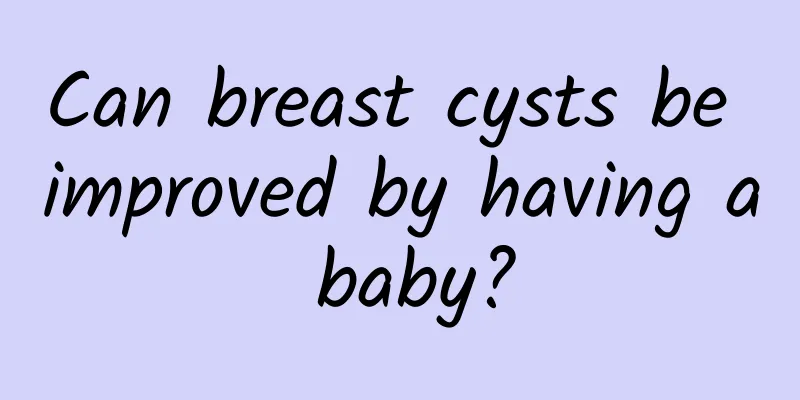What are the reasons for the high incidence of gallstones in women?

|
The main reasons for the high incidence of gallstones in women include the influence of estrogen levels, unhealthy eating habits, genetic factors, and metabolic problems. Compared with men, women are more likely to develop gallstones due to physiological and hormonal factors, but they can be effectively prevented by improving lifestyle and regular check-ups. Estrogen in women promotes cholesterol secretion and increases the cholesterol saturation in bile. When the ratio of cholesterol, bile salts and phospholipids in bile is unbalanced, cholesterol is easily deposited to form stones. During pregnancy or when taking oral contraceptives, the level of estrogen in the body may be higher, further increasing the risk of gallstones. In terms of diet, long-term intake of high-fat, high-sugar diets lacking fiber can lead to overweight or obesity, thereby slowing down the emptying of the gallbladder and inducing the formation of stones. Genetic factors also play a role that cannot be ignored. If there is a direct relative in the family suffering from gallstones, the risk of disease will increase significantly. In addition, rapid weight loss and certain metabolic diseases (such as diabetes) can disrupt the balance of cholesterol metabolism and accelerate the development of gallstones. To reduce the risk of gallstones, you should develop healthy eating habits. For example, eat more foods containing crude fiber, such as whole grains, fruits and vegetables, and try to reduce the intake of high-fat and high-sugar foods. Maintain a suitable weight, avoid rapid weight loss plans, and choose regular exercise, such as moderate-intensity aerobic exercise 3-5 times a week, which can help improve metabolism and promote gallbladder health. It is important to note that women who are pregnant, taking hormonal drugs or have a family history of genetic diseases should undergo regular gallbladder ultrasound examinations to detect potential problems early and intervene. When gallstones are found and symptoms such as pain occur, you should see a doctor as soon as possible and choose appropriate treatment methods according to the severity, such as drug dissolution (ursodeoxycholic acid), extracorporeal shock wave lithotripsy or laparoscopic cholecystectomy. The earlier the discomfort symptoms are seen, the better the treatment effect. Healthy living comes from scientific prevention and timely intervention. Although gallstones are prone to recurrence, the risk can be minimized by optimizing diet structure, proper exercise and regular physical examinations. Take care of your body, pay attention to your health, and protect your future. |
<<: Cystic Breast Hyperplasia Treatment
>>: How to care for patients with gallstones
Recommend
What are the causes of recurrence of perianal abscess?
The causes of recurrence of perianal abscess incl...
Does gallstone surgery affect life expectancy?
Gallstone surgery usually has no direct effect on...
What are the dangers of high platelets?
High platelet counts may bring some health risks,...
How much does a prosthesis cost?
The cost of a prosthesis is probably one of the b...
How to cure boils quickly
Boils usually need to be treated properly to spee...
What are the treatments for secondary flat feet in adults?
What are the treatments for secondary flat feet i...
How many days after breast cyst surgery is it possible to be discharged from hospital
You can usually be discharged from the hospital w...
How to get rid of gallstones
There are many ways to eliminate gallstones, but ...
Exercises and precautions for treating stress urinary incontinence
Urinary incontinence is a common and frequently o...
What are the treatments for gallstones associated with pancreatitis?
There are many causes of pancreatitis, among whic...
Thickening of the ligamentum flavum Spinal stenosis
The core problem of ligamentum flavum thickening ...
How long does it take to recover from a pelvic pubic fracture?
The recovery time for a pelvic pubic fracture is ...
How to change the dressing after perianal abscess surgery
The core of dressing change after perianal absces...
Causes of chronic appendicitis 4 factors that cause chronic appendicitis you should know
Causes of chronic appendicitis: 1. Swollen lymph ...
Can lumbar disc herniation be treated with acupuncture?
Acupuncture knife treatment is a type of minimall...









